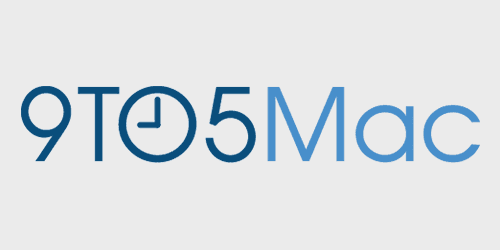Apple patent application describes fingerprint sensor tech rumored for iPhone 5S


There have been no shortage of fingerprint sensor rumors surfacing since Apple acquired Authentec last year. According to several reports from analysts, including the often reliable Ming-Chi Kuo and the not as reliable Topeka Capital analyst Brian White, Apple’s next-generation iPhone is likely to include a fingerprint sensor. We’ve discussed how it could certainly make a stand out hardware feature for Apple’s expected “S” upgrade, and today the US Patent and Trademark Office published patent applications that show Apple could be experimenting with exactly that (via PatentlyApple).
According to one aspect of the present disclosure, a biometric sensor assembly, such as a fingerprint sensor, comprises a substrate to which is mounted a die containing sensor circuitry and at least one conductive bezel. As used in the description and claims that follow, “bezel” means a unitary, substantially uniformly composed structure, most typically metal or conductive plastic. The die and the bezel are encased in a unitary encapsulation structure to protect those elements from mechanical, electrical, and environmental damage, yet with a portion of a surface of the die and the bezel exposed or at most thinly covered by the encapsulation or other coating material structure
 The patent describes a process of embedding a fingerprint sensor into the bezel of a device, which sounds a lot like the finger print sensors Validity was showing off embedded in Android devices at CES this year (pictured right). Apple notes in the patent application that the sensor would be “approximately the width of an average user’s fingertip, but only several pixels tall, typically between 1 and 8 pixels, and possibly as many as 16 pixels tall” when viewed from above.
The patent describes a process of embedding a fingerprint sensor into the bezel of a device, which sounds a lot like the finger print sensors Validity was showing off embedded in Android devices at CES this year (pictured right). Apple notes in the patent application that the sensor would be “approximately the width of an average user’s fingertip, but only several pixels tall, typically between 1 and 8 pixels, and possibly as many as 16 pixels tall” when viewed from above.
Apple doesn’t get too into what functions for users the fingerprint sensor would provide, but does note that “the sensor captures a number of thin strips of the fingerprint as the finger is swiped, and the complete fingerprint is assembled in software for use in authentication.”
Expand
Expanding
Close